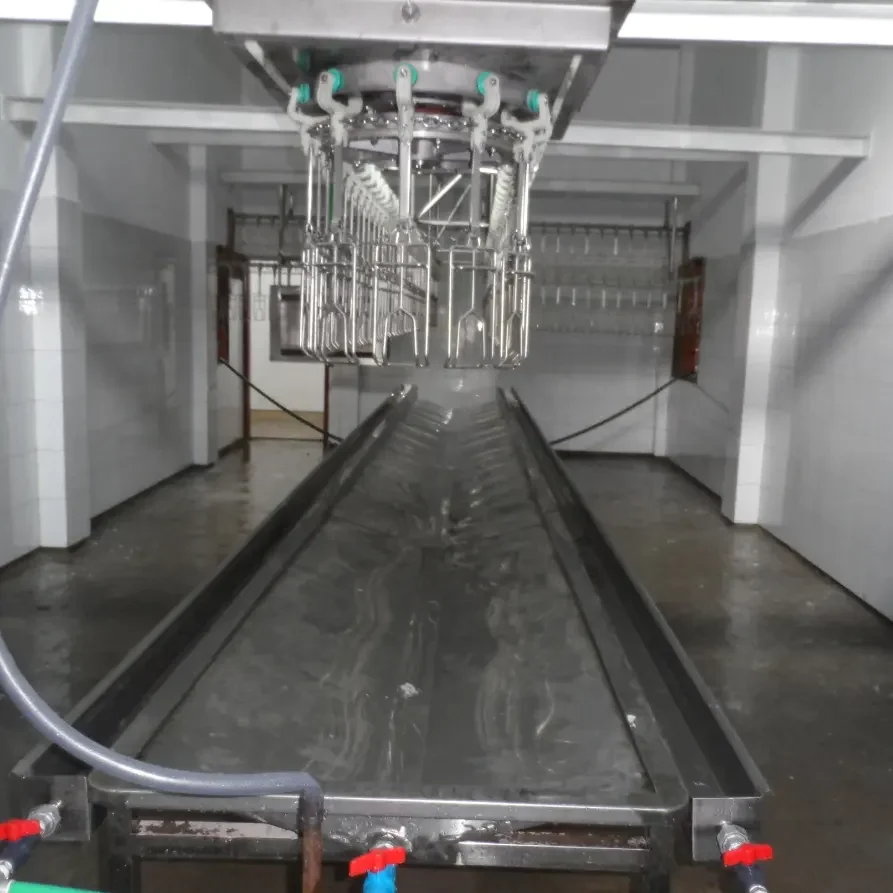Three Phase Exhaust Fan for Efficient Air Circulation and Ventilation Solutions
Sep . 25, 2024 03:47 Back to list
Three Phase Exhaust Fan for Efficient Air Circulation and Ventilation Solutions
Understanding Three-Phase Exhaust Fans An Essential Guide
Exhaust fans play a critical role in various industrial and commercial settings, ensuring proper ventilation and air quality. Among the different types of exhaust fans available on the market, three-phase exhaust fans are particularly noteworthy for their efficiency and reliability. This article aims to shed light on three-phase exhaust fans, their working principles, advantages, applications, and maintenance considerations.
What is a Three-Phase Exhaust Fan?
A three-phase exhaust fan operates on a three-phase electrical system, which utilizes three alternating currents that are offset by 120 degrees. In contrast, single-phase motors use only one alternating current. The three-phase system provides a more constant and efficient power supply, enabling the fan to operate with fewer fluctuations in performance. This is particularly beneficial in environments where consistent airflow is crucial, such as in manufacturing facilities, large kitchens, and commercial buildings.
How Do They Work?
The operation of a three-phase exhaust fan involves the interaction between a rotor and stator within the motor. When energized, the three-phase current creates a rotating magnetic field in the stator. This magnetic field induces rotation in the rotor, which is connected to fan blades. As the blades rotate, they draw in air from the environment and expel it outside, effectively removing contaminants, excess heat, and odors.
Advantages of Three-Phase Exhaust Fans
1. Greater Efficiency Three-phase systems are known for their efficiency. The power delivery remains stable, resulting in less energy wastage during operation. This efficiency translates to lower electricity bills and a reduced carbon footprint.
2. Higher Performance Because they can operate at higher loads, three-phase exhaust fans provide a stronger and more reliable airflow compared to their single-phase counterparts. This makes them ideal for larger spaces or applications requiring significant air movement.
exhaust fan 3 phase

3. Durability and Longevity The balanced power distribution in three-phase systems minimizes wear and tear on components, resulting in longer service life and reduced maintenance costs over time.
4. Reduced Vibration Three-phase motors experience less vibration than single-phase motors, leading to quieter operation and less structural stress on the fan mounts and housing.
Applications
Three-phase exhaust fans are versatile and can be found in numerous applications, including
- Industrial Facilities Used in factories and manufacturing plants to maintain air quality and remove hazardous fumes. - Commercial Kitchens Essential for ventilating cooking areas, helping to control smoke, heat, and odors. - HVAC Systems Integrated into heating, ventilation, and air conditioning setups to promote efficient air exchange and comfort. - Warehouses and Storage Areas Employed to regulate temperature and humidity levels, protecting sensitive goods from spoilage.
Maintenance Considerations
To ensure optimal performance and longevity, regular maintenance of three-phase exhaust fans is crucial. This includes checking for and removing dust buildup on blades and motors, lubricating moving parts, inspecting electrical connections for wear or damage, and ensuring that the fan is securely mounted. A well-maintained exhaust fan can provide years of reliable service, contributing to a healthier and more comfortable environment.
Conclusion
Three-phase exhaust fans are a robust solution for effective ventilation in various settings, from industries to commercial facilities. Their efficiency, reliability, and durability make them a crucial component in maintaining air quality and ensuring the safety of occupants. By understanding their principles and applications, facility managers can make informed decisions about their ventilation needs and keep their environments safe and comfortable.
-
Automatic Feeding Line System-Pan Feeder Nipple Drinker|Anping County Yize Metal Products Co., Ltd.
NewsJul.29,2025
-
Hot Sale 24 & 18 Door Rabbit Cages - Premium Breeding Solutions
NewsJul.25,2025
-
Automatic Feeding Line System Pan Feeder Nipple Drinker - Anping County Yize Metal Products Co., Ltd.
NewsJul.21,2025
-
Automatic Feeding Line System Pan Feeder Nipple Drinker - Anping County Yize Metal Products Co., Ltd.
NewsJul.21,2025
-
Automatic Feeding Line System - Anping Yize | Precision & Nipple
NewsJul.21,2025
-
Automatic Feeding Line System - Anping Yize | Precision & Nipple
NewsJul.21,2025






